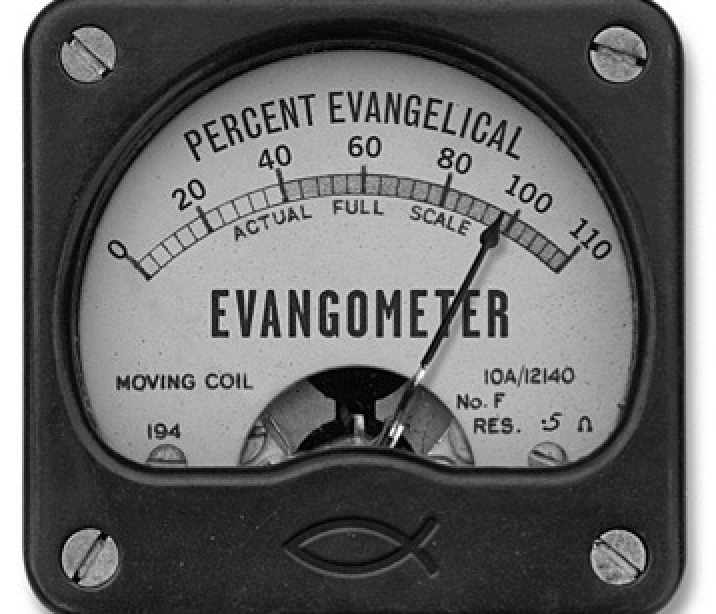What a fun night!
The Religion News Association presented its 2022 Awards for Religion Reporting Excellence in a hybrid ceremony Wednesday at Columbia Journalism School in New York City.
Among the highlights:
• Sarah Pulliam Bailey, religion writer for The Washington Post, won for Excellence in Religion News Analysis, including a piece on “Preachers and their $5,000 sneakers.” Even better, Bailey brought her new baby with her to celebrate.
• Tom Gjelten, retired religion correspondent for NPR, won for Religion Story of the Year for his piece “An inconvenient genocide: Why we don’t know more about the Uyghurs” for Moment magazine. (Last week’s Plug-in highlighted the other finalists.)
• Julia Duin, a veteran religion journalist, including her work here at GetReligion, won for Excellence in Religion Reporting at Online-only News Outlets and placed in two other categories. Duin was honored for stories she wrote for National Geographic, Politico and Newsweek. The headline on that Politico piece: “The Christian Prophets Who Say Trump Is Coming Again.”










